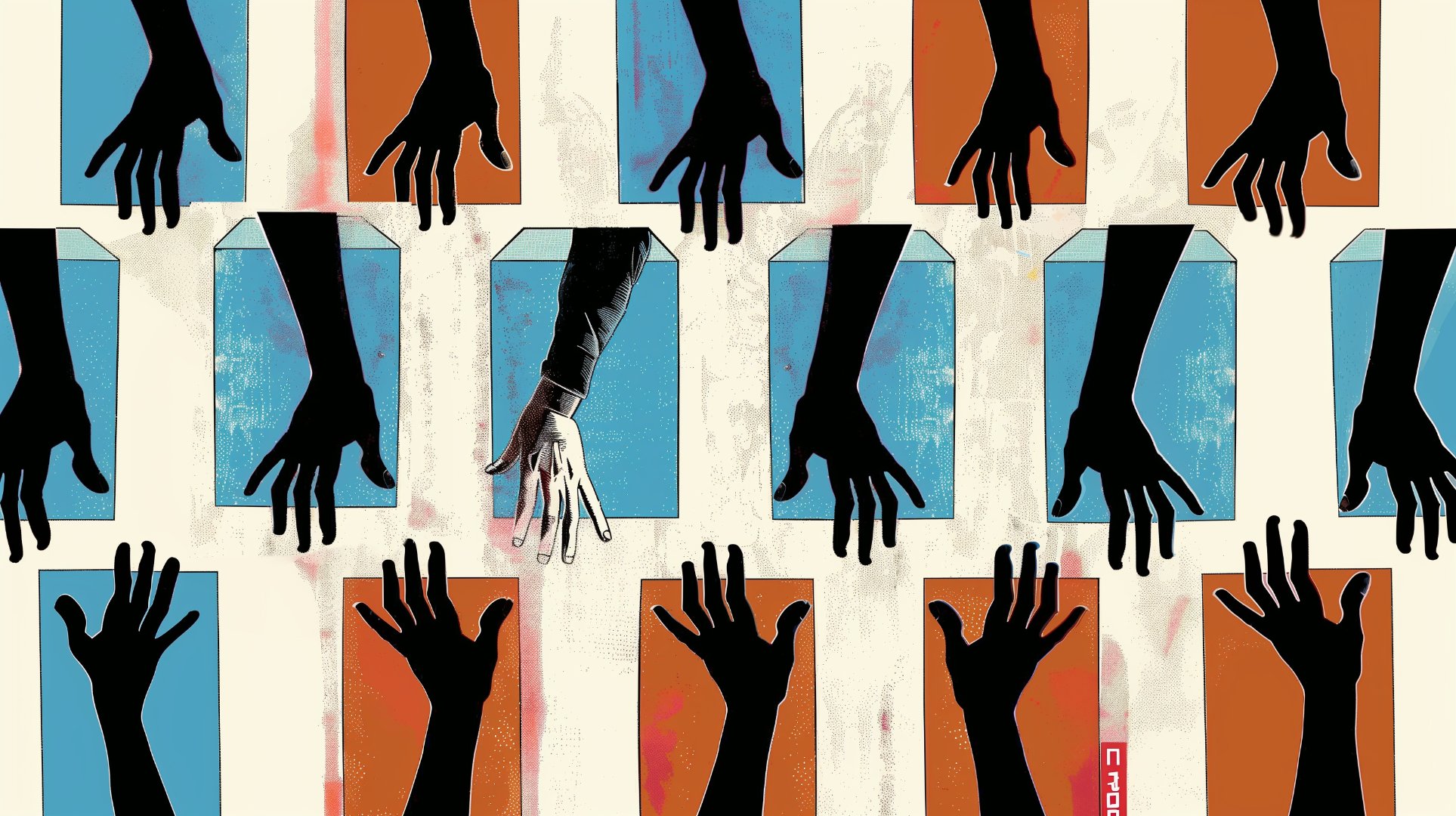
Evolving thE
Value Proposition
In the labyrinth of modern business, the value proposition of brands is undergoing a seismic shift. Historically, the cornerstone of value creation lay in specialty knowledge—an expertise hard-won and scarcely distributed. This model, rooted in the exclusivity of information, began to unravel with the advent of the internet and the proliferation of smartphones. The key to value shifted from mere recall to the innovative application of information across new, uncharted scenarios.
So, what value do branding and marketing entities still offer? The answer hinges on the nature of the client's needs. For local businesses seeking to resonate within their communities, leveraging current AI technologies for branding might do more than suffice, and may actually be a reasonable action. However, brands aiming for expansive growth beyond the reach of personal connections require a different approach.
Ais can access and process vast datasets to generate contextually appropriate responses congruent with training data. As such, it is excellent at pattern recognition and can rapidly identifyconnections with successful existing interventions. Humans on the other hand may have expert knowledge but not on the scale of an LLM, they would however, bring a nuanced understanding of cultural and emotional underpinnings that AI might overlook.

EXPLORATION VS EFFiCIENCY
INTELLIGENCE
An illustrative example of this is Cubism. Pablo Picasso was an expert painter in his teens and had mastered the techniques of realism early in his career. By all accounts, he was a prodigy and initially conformed with the accepted consensus in terms of acceptability and expertise. However, he is best known for his role in the invention of cubism which was rooted in the problem of representing 3D objects on a 2D canvas. However, it is well documented that this novel solution evolved from his collaboration with another artist and friend Georges Braque. Picasso is quoted as saying “We were like mountain climbers roped together,” in reference to the collaborative push and pull that eventually gave rise to the breakthrough that would define an movement.
This may point to the future value of branding agencies. In a world awash with information, the premium will shift from generating assets and content to curating meaning. We would likely be looking at forging connections to tie into fundamental needs/ experiences that resonate on a deeply human level. The focus isabout creating narratives that not only speak to but also enhance the consumer's identity and experience.
As we navigate this new era, the role of branding agencies will evolve from being purveyors of information to architects of meaning. They will need to blend technological proficiency with deep, empathetic insight into human experiences and cultural narratives. In doing so, they will not only survive but thrive by turning information into insight and insight into enduring brand loyalty.


